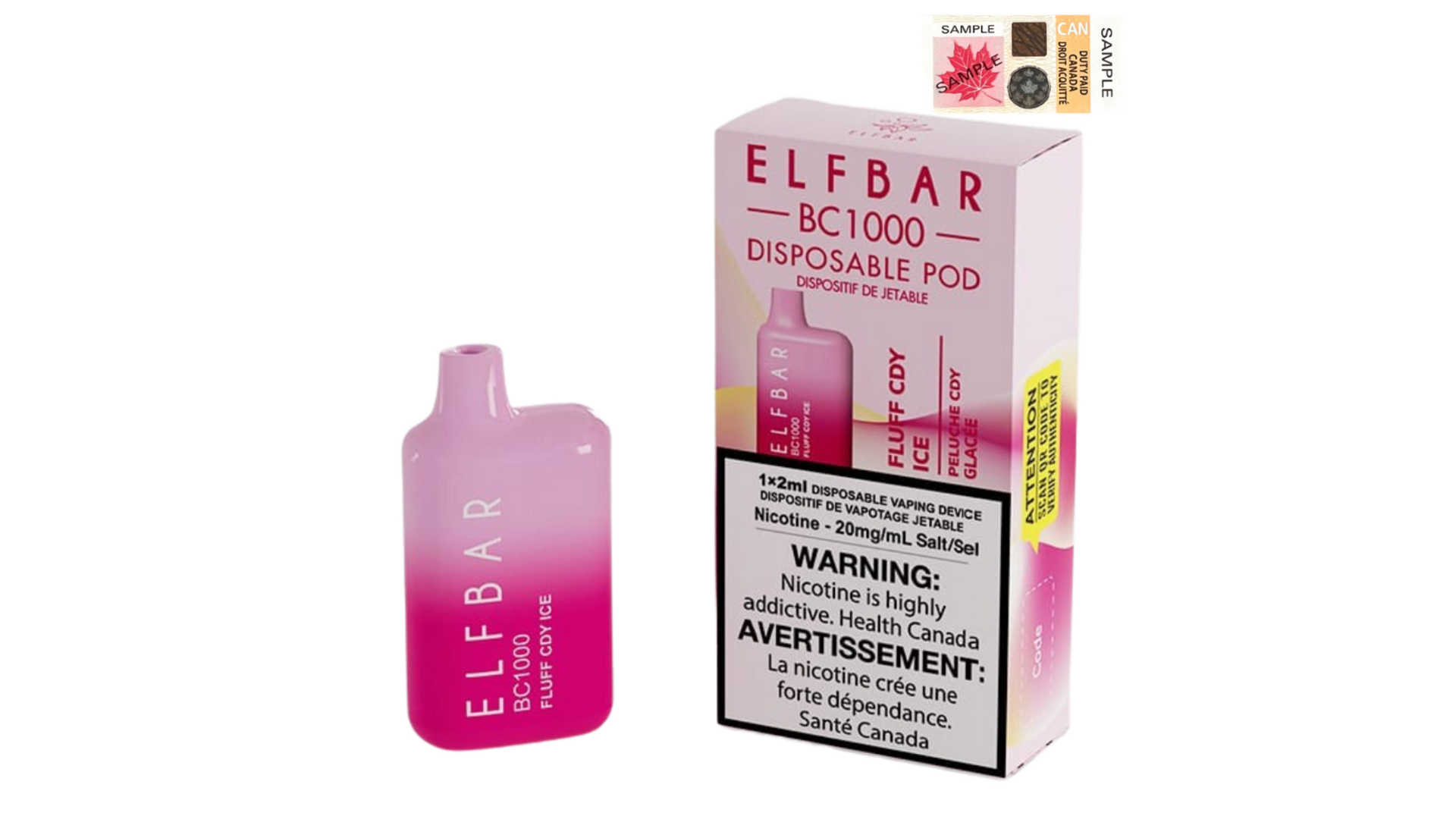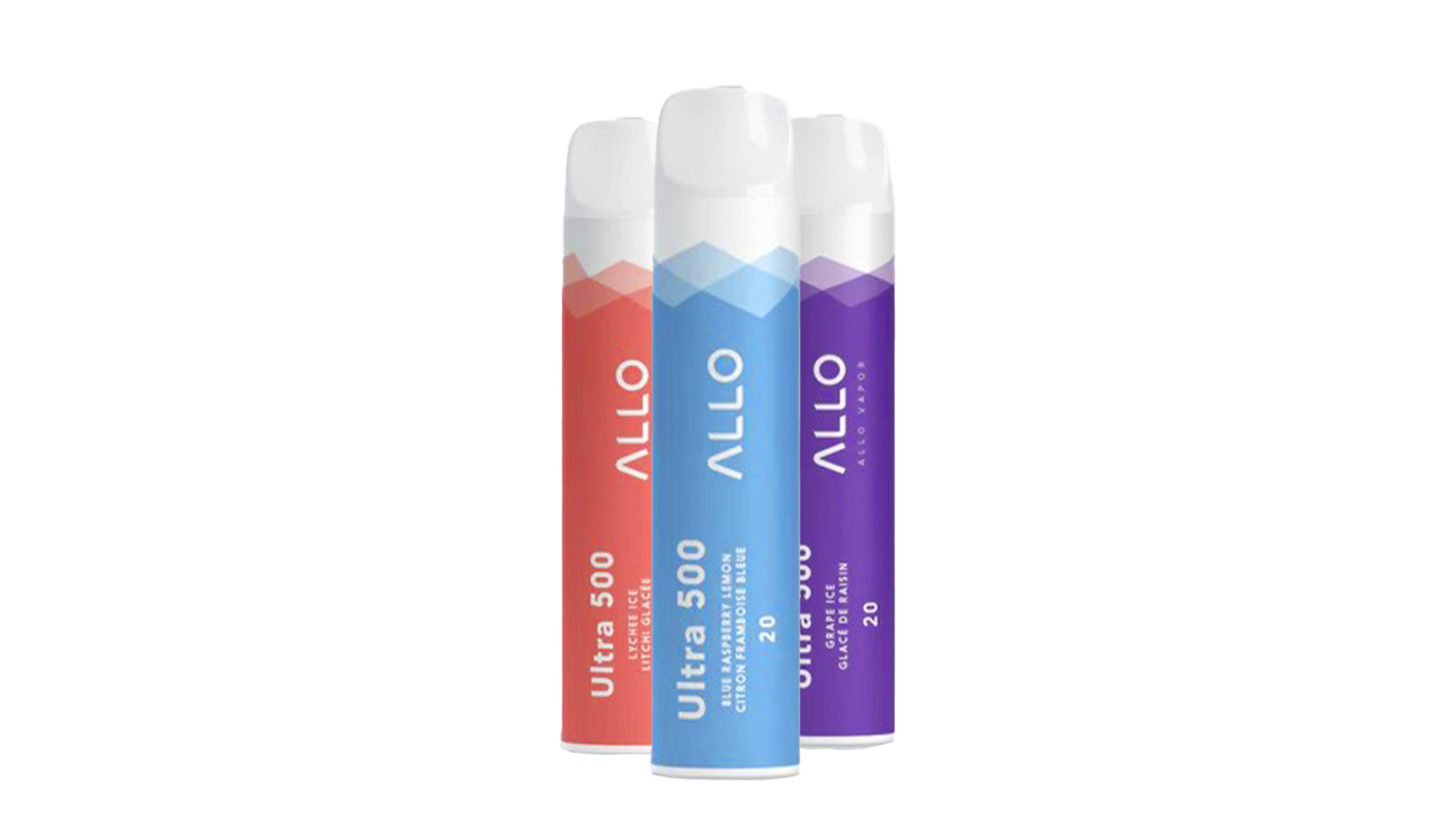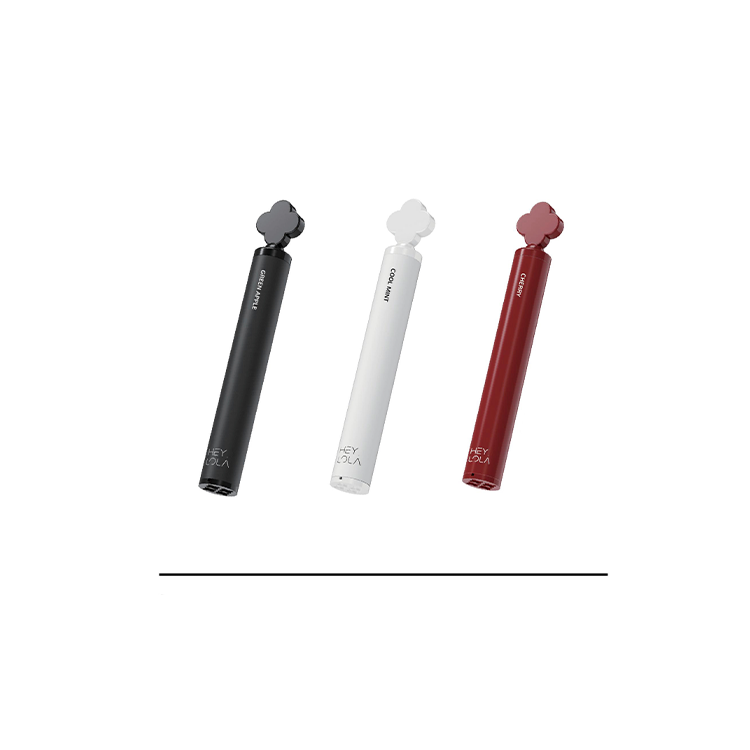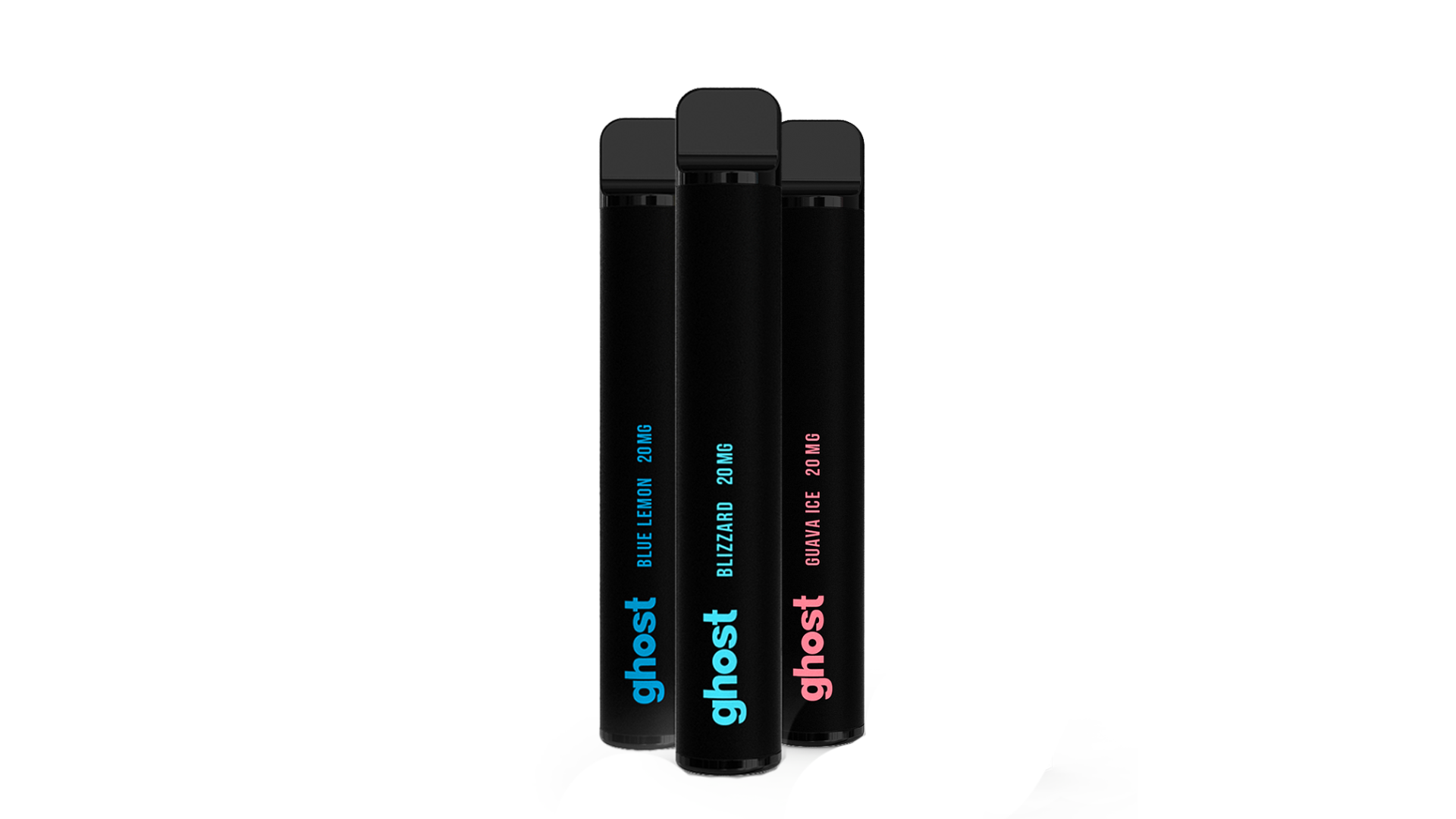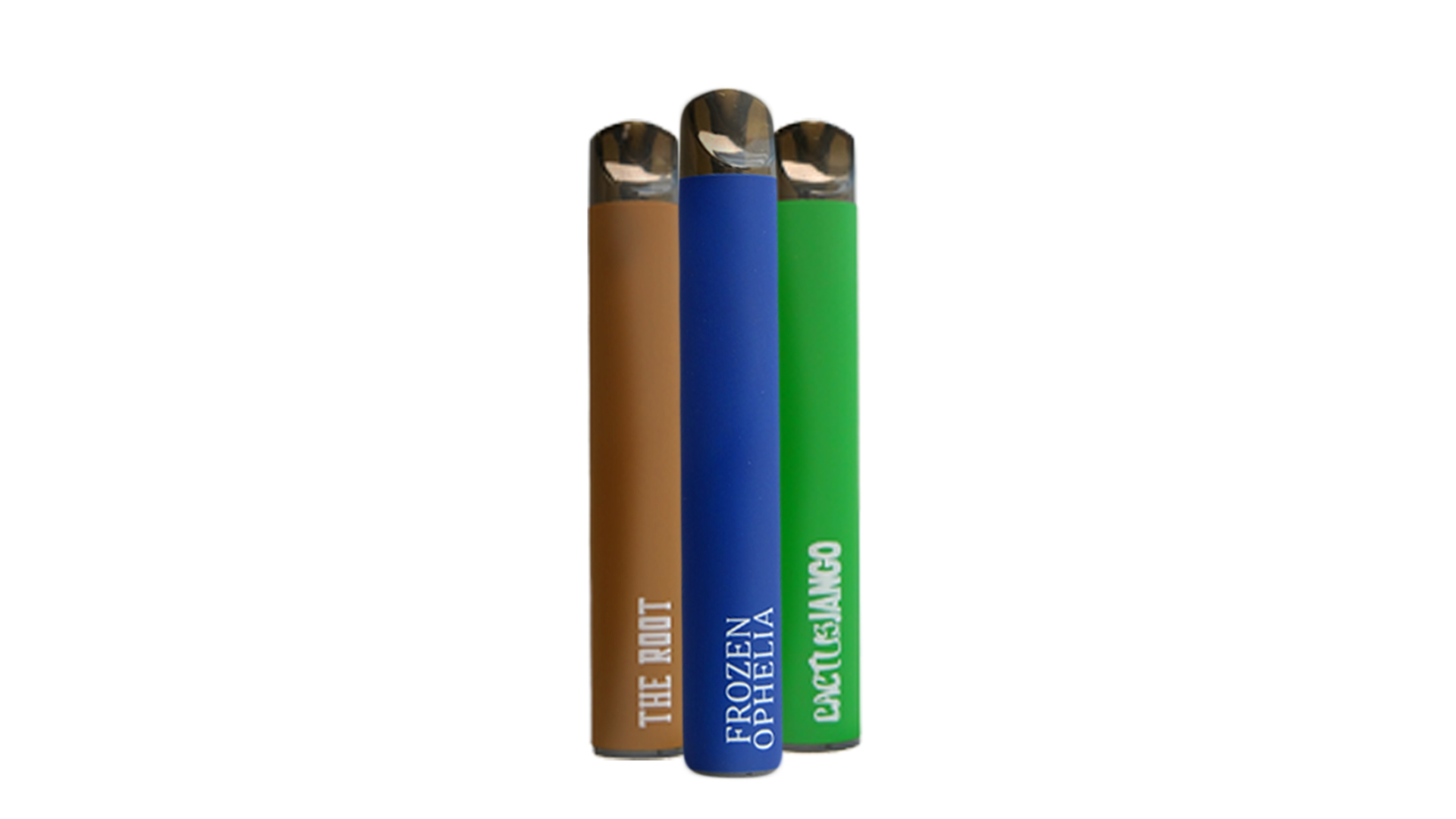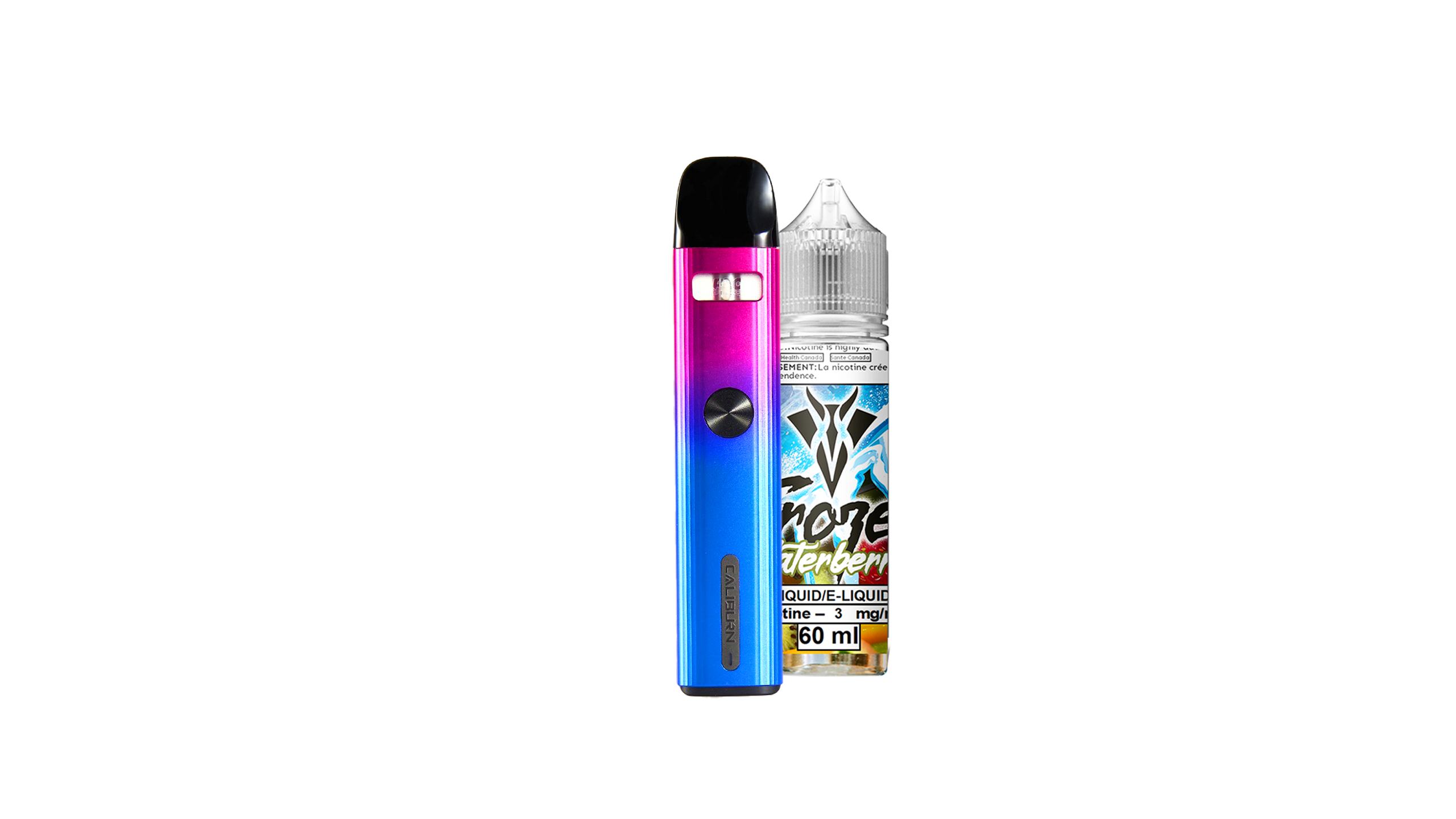E-cigarette warnings downplay harm reduction of e-cigarettes
In a report in the International Journal of Drug Policy, researchers Lynn Kozlowski and David Sweanor take to task officials with the Food and Drug Administration, Centers for Disease Control and Prevention, and Substance Abuse and Mental Health Services Administration.
They also referred to public-health advocates, such as American Cancer Society and National Cancer Institute, and health-care facilities, such as the Mayo Clinic.
Kozlowski is a public-health professor at the University of Buffalo. Sweanor is an adjunct law professor at University of Ottawa in Canada.
The main questions about e-cigs and vaporizers, which use open liquid capsules, continue to focus on their safety and their potential role in reducing the risk from consuming tobacco products.
“The United States provides an example of a country with legal tobacco/nicotine products (snus, other smokeless tobacco, cigarettes) differing greatly in risks to health,” the researchers said.
It is also a country where “respected health information websites ... continue to omit or provide incorrect differential risk information.”
The researchers mentioned as examples health-literacy statements by the CDC and the Mayo Clinic that smokeless tobacco products are no safer than traditional cigarettes even though the burning of tobacco leaves is considered as the lead cause of carcinogens.
“We argue that omitting key health relevant information for current or prospective consumers represents a kind of quarantine ... and effectively blindfolds them and impairs their making informed personal choices,” the researchers said.
As with disease quarantines, the researchers said that “the coercive effects of quarantining information on differential risks need to be justified, not merely by fears of net negative public-health effects.”
The researchers said anti-tobacco groups should be required to provide “convincing evidence that such measures are actually warranted, that public health overall is in imminent danger, and that the danger is sufficient to override principles of individual autonomy.”
Since the report was released on March 26, the Mayo Clinic has changed the title of one statement from reading “Chewing tobacco, not safer than cigarettes” to “Chewing tobacco, not a safe product.”
Ongoing uncertainty
In June 2009, Congress gave the FDA the ability to regulate tobacco products and marketing, but not the authority to ban nicotine or tobacco. The FDA has to approve any new tobacco product being marketed as a potential reduced-risk product compared with combustible cigarettes.
In April 2014, the FDA announced recommendations to ban sales to people under 18, require health warning labels on e-cigs, conduct a FDA review of existing and future products, and prohibit any more free samples.
The FDA did not call for an outright ban that some anti-tobacco advocates support. It did not curtail Internet sales or current marketing efforts that include TV and social media.
It’s uncertain which new FDA regulations on smokeless tobacco products — submitted in October — will be approved by the U.S. Office of Management and Budget. Media reports say the FDA could announce those regulations by the end of April.
The FDA defined substantially equivalent, or “deemed,” as “being the same in terms of ingredients, design, composition, heating source and other characteristics to an existing, single predicate product or have different characteristics, but not raise different questions of public health.”
The main sticking point to the next round of restrictions appears to be what date to establish for the start of the deeming requirements.
As part of the federal Tobacco Control Act, FDA officials want new and enhanced products to be “substantially equivalent” to products already in the marketplace as of Feb. 15, 2007.
Some industry observers believe such restrictions would drastically curtail product innovations, such as e-cigs, vaporizers and snus, particularly by companies that don’t have the research and development budgets of Reynolds American Inc., Philip Morris USA and their affiliates.
Some analysts say it could cost several millions of dollars for each product to go through the FDA regulatory process. The researchers call that requirement “a near impossible task, a barrier that no product has yet surmounted, and one not imposed on other FDA-regulated product categories.”
A group of Republican House leaders are pushing for funding for substantial equivalent restrictions to have a start date 21 months after the effective date of the final FDA regulatory rule, so as to grandfather those smokeless products that debuted since Feb. 15, 2007.
Response to research
The American Cancer Society said last week it wanted to review the report’s findings before commenting. The National Cancer Institute said no expert was available. The CDC and the Substance Abuse and Mental Health Services Administration did not respond to a request for comment.
Mitch Zeller, the director of the FDA’s Center for Tobacco Products, has acknowledged in the past that there is the potential for a “continuum of risk” with tobacco products.
In response to the report, FDA spokesman Michael Felberbaum said part of the FDA’s charge comes from a then-Democratic-controlled Congress setting high standards for modified-risk tobacco products “to ensure that American tobacco consumers are not again misled about the relative risks of certain tobacco products, as was the case with ‘low tar’ and ‘light’ cigarettes.”
“For example,” Felberbaum said, “the FDA has the authority to allow the marketing of a modified-risk tobacco product if the agency determines that the product, as actually used by consumers, will significantly reduce harm and the risk of tobacco-related disease to individual tobacco users and will benefit the health of the population as a whole.”
Speaking about e-cigs, Felberbaum said that if certain products are proven to reduce toxicity and do not introduce adolescents to tobacco use, “they may have the potential to reduce harm to individual users and benefit the health of the population as a whole.”
“However, if e-cigarettes prompt young people to start using them separately or with other conventional tobacco products, or discourage or delay quitting tobacco use, then the public health impact could be negative,” he said.
There have been several recent studies that have shown no youth gateway pattern between e-cigs and traditional cigarettes.
In April 2014, the FDA and CDC reported that traditional-cigarette smoking rates among high schoolers dropped to an all-time low of 9 percent in 2014, compared with 13 percent in 2013.
Meanwhile, e-cigs and vapors moved to the top of seven product options, at 13 percent, up from 4.5 percent in 2013.
“The key concern in our mind is if the final regulations stifle or restrict innovation, which would be an overall negative for the industry and public health,” said Bonnie Herzog, an analyst with Wells Fargo Securities. “We’ve long believed innovation is crucial for the long-term success of this category.
“Keep in mind, even if regulations prove restrictive to innovation, this doesn’t mean the end of the category; it just means growth could be slower,” she said.
Acceptance of risk?
Tom Miller, the attorney general of Iowa who has monitored the tobacco industry for almost 20 years, said in December that e-cigs are significantly less harmful to smokers than traditional cigarettes.
Miller cited studies that indicate e-cigs and vaporizers have the potential to be up to 98 percent less harmful than traditional cigarettes. He also acknowledged that many of those studies are disputed by anti-tobacco groups.
“There has been an effort to say that combustible cigarettes and e-cigarettes are equally harmful, that their companies are equally evil, and that they should be strongly regulated the same way, “ Miller said. “This view is incorrect, but it has gotten significant traction.”
The professors say that individuals’ rights to determine their own willingness and acceptance of tobacco-use risk “is being countered by utilitarian arguments for the use of misleading or limited information to protect public health overall.”
“Though not safe, there is no scientific doubt that manufactured smokeless tobacco products in the U.S. (and notably, low-nitrosamine Swedish snus) are dramatically less dangerous than cigarettes to life-long users,” the researchers said.
Gregory Conley, the president of American Vaping Association, said the issue of harm reduction, “more than any other, has revealed a deep schism in tobacco control.”
“On one side are those who genuinely want to reduce disease and death, while opposite them are those who just want to continue to fight the tobacco wars of the 20th century,” Conley said. “Denying smokers access to truthful information about far less hazardous alternatives is inhumane and unethical.
Brad Rodu, a professor of medicine at the University of Louisville and an anti-smoking advocate, said the CDC “supports the disinformation campaign by failing to report deaths due to smokeless tobacco use when it releases annual smoking death estimates.”
“The failure is likely driven by the fact that the number for smokeless is close to zero, which undercuts the government’s anti-smokeless campaign,” Rodu said. “The FDA, with its on-going anti-science attack on nearly risk-free smokeless tobacco, continues to demonstrate that it cannot be trusted to base tobacco regulation on scientific evidence.”
The researchers said that “we are a pluralistic society, including with regard to our notions of ethics. Different states and communities will decide differently which public-health activities are appropriate and which are overly burdensome.”
The researchers said they understand the deep-seated mistrust some public-health advocates and officials have of tobacco manufacturers, even as Reynolds American continues to introduce potential reduced-risk products and a subsidiary sells a nicotine-replacement-therapy product called Zonnic.
“When the behavior of cigarette companies so infuriated the public, these companies became seen as evil, and this encouraged an absolutist, anti-vice response,” the researchers said. “Denial of information to consumers could have similar effects as the historic efforts of cigarette companies to mislead smokers about disease risks and to fight against health information on cigarette advertisements and packaging.
“While the industry may have been motivated by profits and the health agencies had different motivations, the negative effects for individual users could be the same,” they said.
rcraver@wsjournal.com (336) 727-7376 @rcraverWSJ







